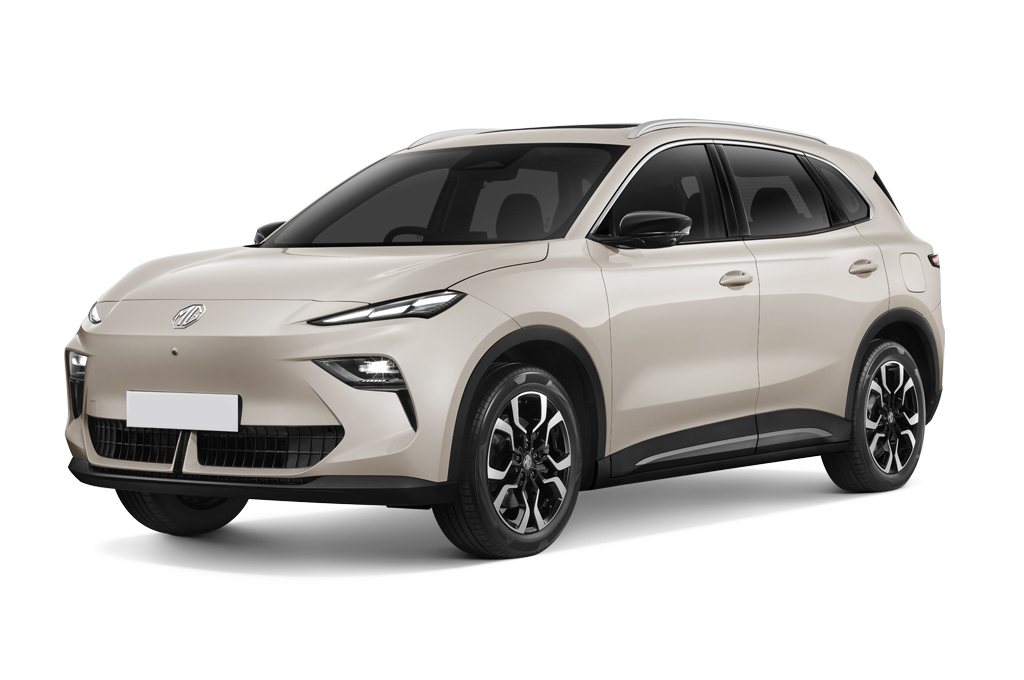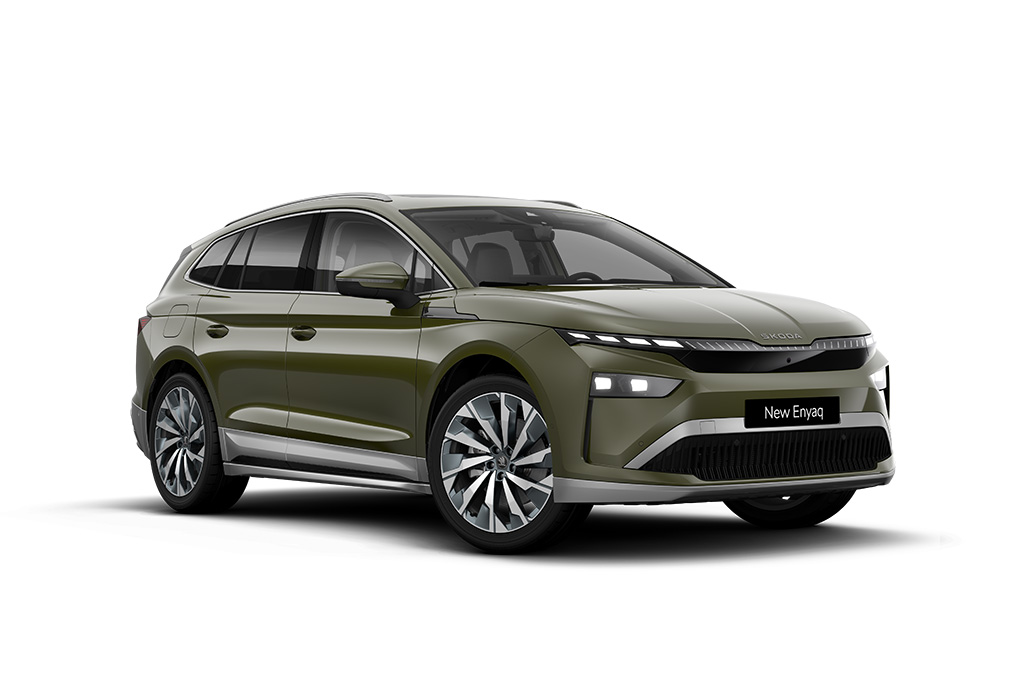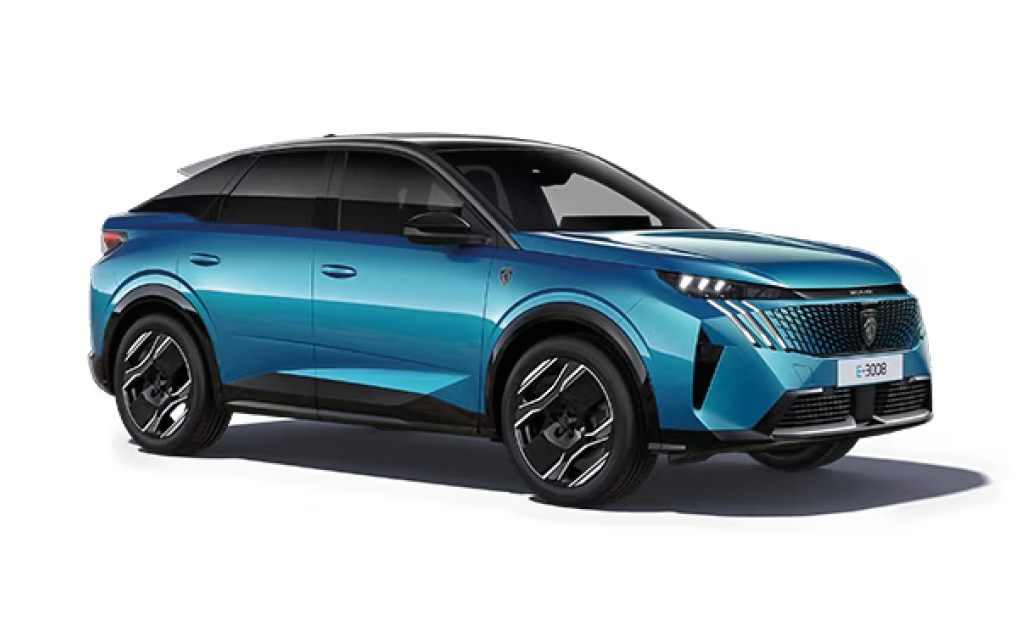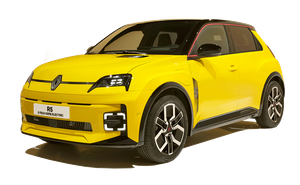Jeep has got a tricky job, at the moment. It’s a well-known, and well-loved American brand that’s built a sturdy global reputation on over eighty years of off-road ability and on-road street cred’, and that has seen it do well in many markets. But now, under Stellantis ownership and using the same parts that you’ll find in Citroen, Fiat and Peugeot cars (among others), it must evolve to offer electric cars that still fit the brand brief and feel unmistakably ‘Jeep’, while also being competitive on the small matters of range, efficiency, on-road drivability and more. Hmmm… Like I said: tricky!
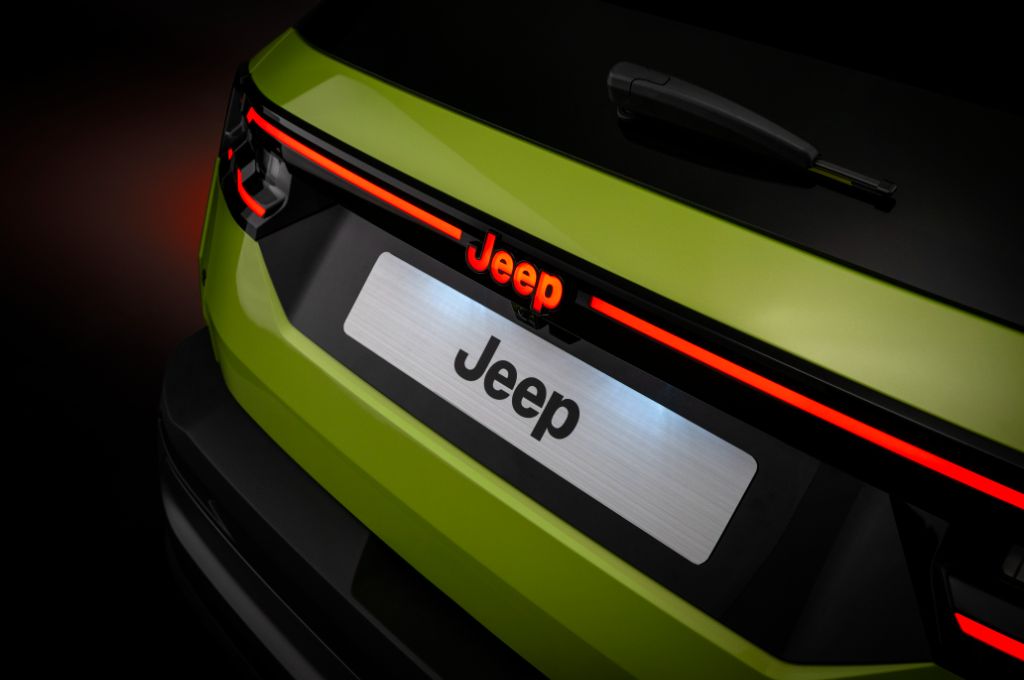.jpg)
The Jeep Compass is now in its third generation, but this is the first time it’s been available with pure electric power. At 4.5-metres long, it’s not only up against those rivals I’ve already mentioned, the Compass has also got to justify itself alongside other similarly-sized and priced alternatives from Stellantis, including the Peugeot E-3008, Citroen e-C5 Aircross and Vauxhall Grandland – all of which share the Jeep’s ‘STLA Medium’ platform and powertrains.
There will be three all-electric versions, including front-wheel drive and all-wheel drive models. For that range-topping, all-wheel drive Compass, Jeep has added a dedicated and more powerful rear electric motor that will be exclusive to Jeep, and not shared with other Stellantis brands.
As for off-roading, the electric Compass isn’t going to take on the Rubicon trail, as Ginny did in the Wrangler (check the video for that!). What Jeep does promise is that each of its cars needs to have the best capability in its class, and that includes the Compass. For a start, all versions come with a terrain selector, which will be helpful on icy days - but ground clearance is only up to 200mm, which is the same as the smaller Avenger. The Subaru Solterra beats that, with 210mm. Wading depth for the electric Jeep Compass is up to 470mm.
You can also get the Compass with a mild hybrid petrol (a plug-in hybrid powertrain will come later), but we’re focussing here just on the all-electric version.
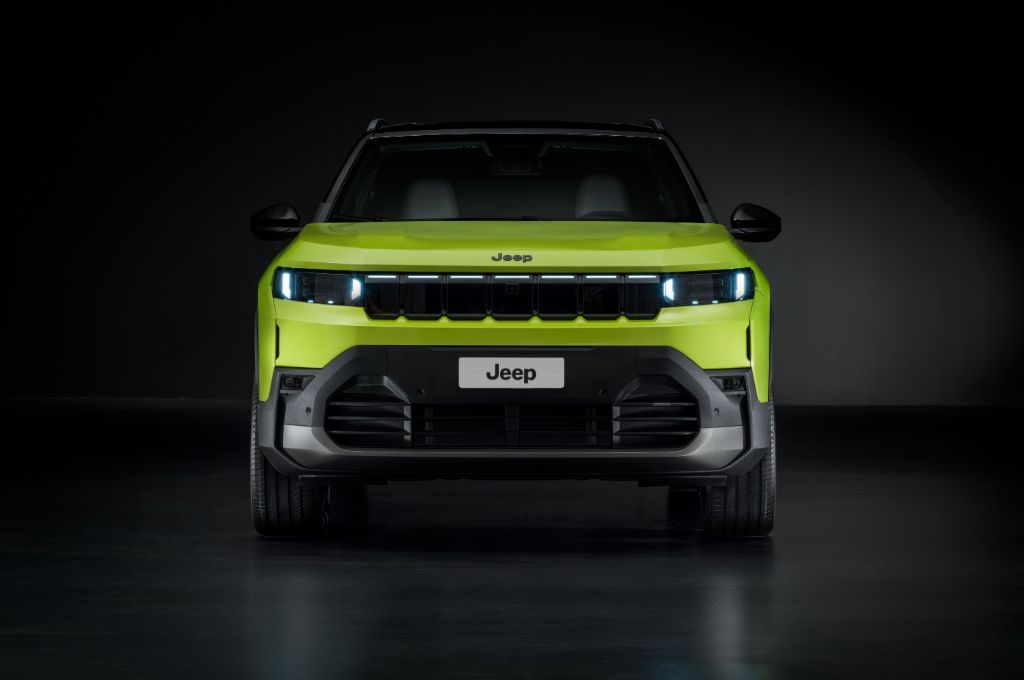.jpg)
Range, battery and charging
From launch, the Jeep Compass gets the familiar 73.6kWh lithium-ion NMC battery that you find in the E-3008 and Vauxhall Grandland Electric. That will deliver a WLTP range of up to 310 miles, while the bigger 97kWh battery will arrive a few months later, and will manage between 370- and 404 miles WLTP range depending on whether you go for all-wheel drive or front-wheel drive. On manufacturer figures, at least, the Compass is up there with the Tesla Model Y for range (despite the Jeep being usefully cheaper on list price) which is pretty impressive.
Rapid charging is up to 160kW DC, which means a 35 minute 20-80% recharging time even for the 97kWh battery. There's also an optional onboard charger with up to 22kW for faster AC charging; really useful for kerbside charges in the city. A full charge at home from a 7kW home wallbox will take around 12- to 16 hours depending on battery size.
I'll come back to you on real-world range, as I've not spent enough time with the Jeep Compass to give a reliable average figure.
Practicality and boot space
Boot space is up to 550-litres, which is a bit less than a Skoda Enyaq, but given that this is a more compact car it’s properly impressive boot space. There's a massive underfloor compartment, which is really useful for your cables or muddy wellies, too. The seats split and fold in a 40/20/40 split, which makes it a bit more versatile than some others, as you can drop the centre of the rear seats and load a longer item while still seating four passengers. There's no frunk, though.
There’s big news in the interior, too, as Jeep has added loads of cubbies so that storage is now up to 34-litres (from 14-litres in the old Compass). There are places to lose all of your stuff, all over the cabin.
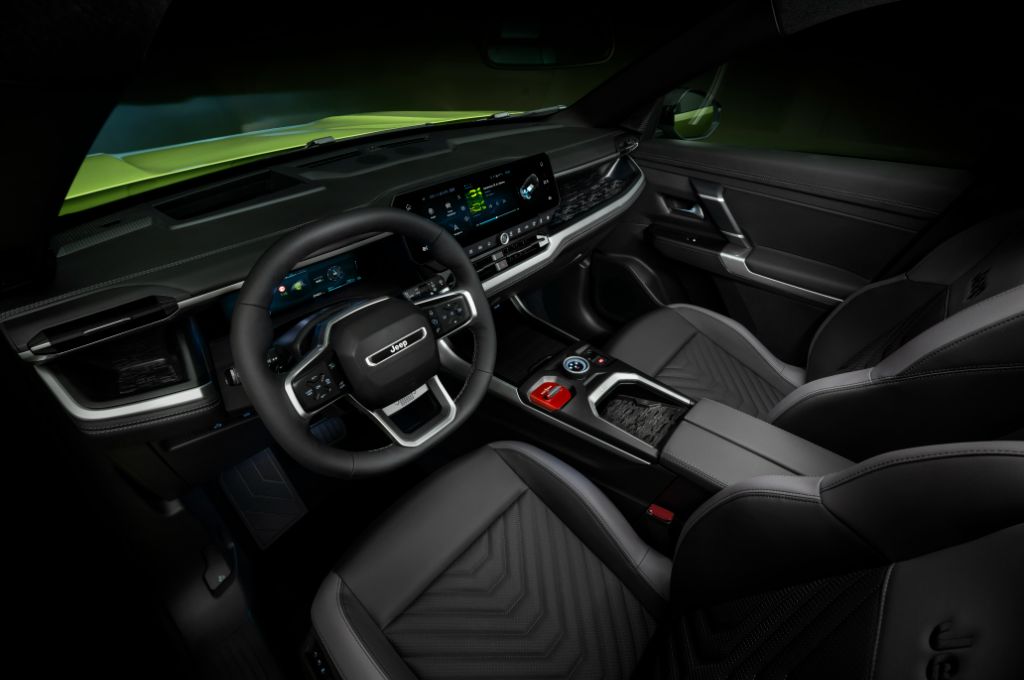.jpg)
The kids will be very well accommodated in the back seats, which are spacious enough that even lanky teens will feel comfortable lounging about back there, or a chunky rear-facing car seat will be easy to fit in one of the two pairs of Isofix fittings. It is a bit dark back there without the panoramic roof, so maybe worth adding that, but there are charging ports and also a centre armrest with a couple of cupholders.
Our test car had rubberised floor mats, which are a really nice touch that’s very in-keeping with the Jeep brand – and, as a dog owner and parent of a young child, being able to wipe stuff down is invaluable!
Up front, the seats are broad and comfortable, and it’s easy to find a natural driving position. Visibility is pretty decent, too, thanks to the Compass’ boxy, upright shape.
There’s no seven-seat version of the Compass – it’s five seats only. If you do want a seven-seat electric SUV at something close to the Jeep’s price, you’ll have to look to the Peugeot E-5008 or Mercedes EQB.
A 10-inch screen sits behind the wheel to give you a clear driver's readout, and a 16-inch touchscreen houses a new infotainment system in the centre of the dash, complete with haptic shortcut buttons arrayed beneath. They're a bit strange, but it's nice to have them there. We didn't get loads of time with the pre-production car that we went to see, so I can't really talk about the in-depth usability of the system, but it gets all the features you want including over-the-air updates, sat-nav with intelligent charger search and route planning, and - of course - wireless Apple CarPlay and Android Auto. It certainly seems an improvement on Jeep infotainment systems of the past! We'll come back to you with more on that when we've had more time with the car, and a proper drive.
Rear seat space isn't bad at all, with plenty of leg- and headroom, but the seating position is a little odd and may take some getting used to. It'll be great for car seats, though, and again - wipe clean seats sound good, don't they?!

Interior, design/styling and technology
The Compass’ dash design is unmistakably a Jeep. There’s even a little, round-eyed Willys Jeep face looking back at you from the steering wheel, and the rubberised finish on the rotary volume controller and drive selector is really cool. Straight, horizontal lines dominate the architecture, and it all works quite well. Some of the other materials don't feel great to touch, though, including the seat upholstery - but it is waterproof, which is extremely practical whether you're off-roading or just trying to keep your car looking nice despite the best efforts of your family and pets.
A 10-inch screen sits behind the wheel to give you a clear speed readout, and a landscape, 16-inch touchscreen houses a new infotainment system in the centre of the dash, complete with haptic shortcut buttons arrayed beneath. They're a bit strange, but it's nice to have them there. It gets all the features you want including over-the-air updates, sat-nav with intelligent charger search and route planning, and - of course - wireless Apple CarPlay and Android Auto.
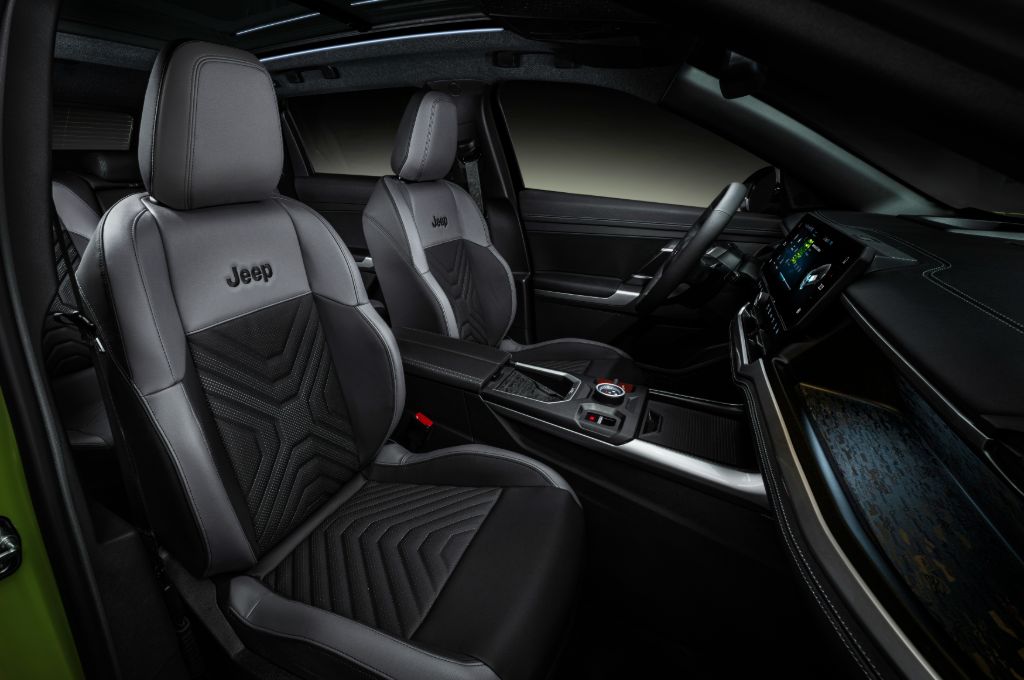.jpg)
It's annoying that the air-con controls have been integrated into the screen, and while the temperature controls are permanently visible on the edge of the display, the icons are a bit small and fiddly. Still, it’s easy to turn the lane-keep assist and speed limit warning off- or on, and the Compass makes a cute guitar noise to let you know when a feature’s been activated; like there’s a melancholy mariachi band strumming the soundtrack to your settings selection. The annoyingly loud clip-clop of the indicator is rather less charming, mind you.
Overall, the system will do a fine job of playing your music and telling you where to go, but some of the icons are fiddly, and I’d love a few more physical buttons. The systems in Kia, Hyundai and Renault are all a touch better for user friendliness.
Motors, performance and handling
I drove the Jeep Compass Electric First Edition out in Denmark for a European Car of the Year event, complete with the 73.6kWh lithium-ion NMC battery and 213hp, front-wheel drive motor. It's likely to be a popular version of the Compass in the UK; This is, after all, a car that’ll be largely bought as a road car despite it being a Jeep. You know that, I know that and Jeep definitely knows that.
So, while you get rugged-looking body kit, modest off-road worthiness and clever traction control settings designed to deliver better control in muddy or icy conditions, this is also largely a car designed for the road.
Our Compass First Edition test car came on big, 20-inch alloy wheels that made scruffy road surfaces feel a bit brittle and bumpy in the cabin, while there’s also quite a lot of body lean thanks to the soft suspension, so the Compass is certainly not as smooth or refined to drive as the Skoda Enyaq. It steers confidently enough, though, and the high driving position, strong acceleration and chunky body movement make it feel bolshy in a rather enjoyable way. It definitely feels more like a ‘proper’, old-school SUV than any of its obvious rivals, most of which drive like raised hatchbacks. I rather like that about the Jeep, to be honest. You could call it being unrefined, but it's also rather fun.
The brake regen’ system brings three levels and an adaptive mode, all of which are controlled via paddles on the wheel. There’s a one-pedal mode, too. The brake pedal itself is very long travel and a bit inconsistent, but it's not too easy to get used to.
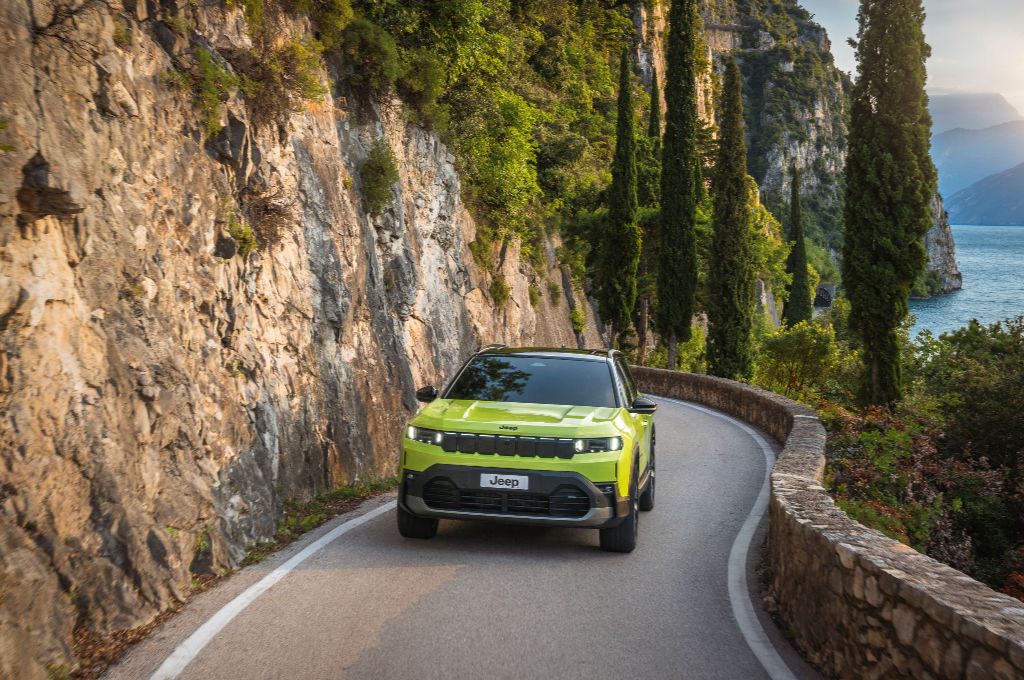
Wind noise is very noticeable at motorway speeds, but overall the Jeep is pleasantly confident and stoic whether you're on a long motorway drive or bumping up the farm track to your horse's yard.
Speaking of horses, though, the electric Compass can only tow 1,000kg in this front-wheel drive guise, which is very disappointing. We're waiting on figures for the forthcoming all-wheel drive variants, and will update you when we can.
Running costs and pricing
The electric Jeep Compass has just gone on sale in the UK, priced from £39,200 for the top-spec 74kWh 213hp FWD First Edition model that I test drove out in Denmark. A couple of lower-spec trims will join the range, and will likely bring starting price down to around £36,000, while the bigger battery model will push prices up towards the £45,000 mark. We'll have to wait and see, as pricing has currently only been confirmed for the First Edition model.
Jeep offers a three year, 60,000 mile warranty on its vehicles, which is the same as many of its rivals, but is also a bit whelming given that MG, Hyundai, Kia and Toyota will all give you a longer warranty.
Verdict
I like the Jeep Compass Electric. I know that some of my colleagues at Electrifying feel that it isn’t different enough from other Stellantis models, and I can see where they’re coming from. But if you live in the countryside and regularly have to dive into heavily potholed gravel lay-bys, there is something to be said for the Jeep’s more rough-and-ready attitude and abilities. And yet it’s also an easy enough companion on any ordinary road route, with all the comforts that you want and expect.
The problem is that there’s no getting away from the Jeep Compass’ objective shortfalls. It’s pricier and less efficient than some rivals - Skoda Elroq or MGS5 EV, anyone? - some of which also have a more intuitive infotainment system and better ride comfort and handling.
Basically, to justify the Jeep Compass you’ve got to revel in its quirks rather than being annoyed by them. I can see why you would, because the Compass is a peculiarly likeable character, but others in this class remain more recommendable.





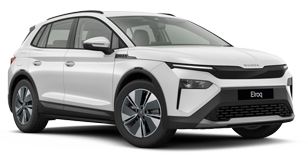




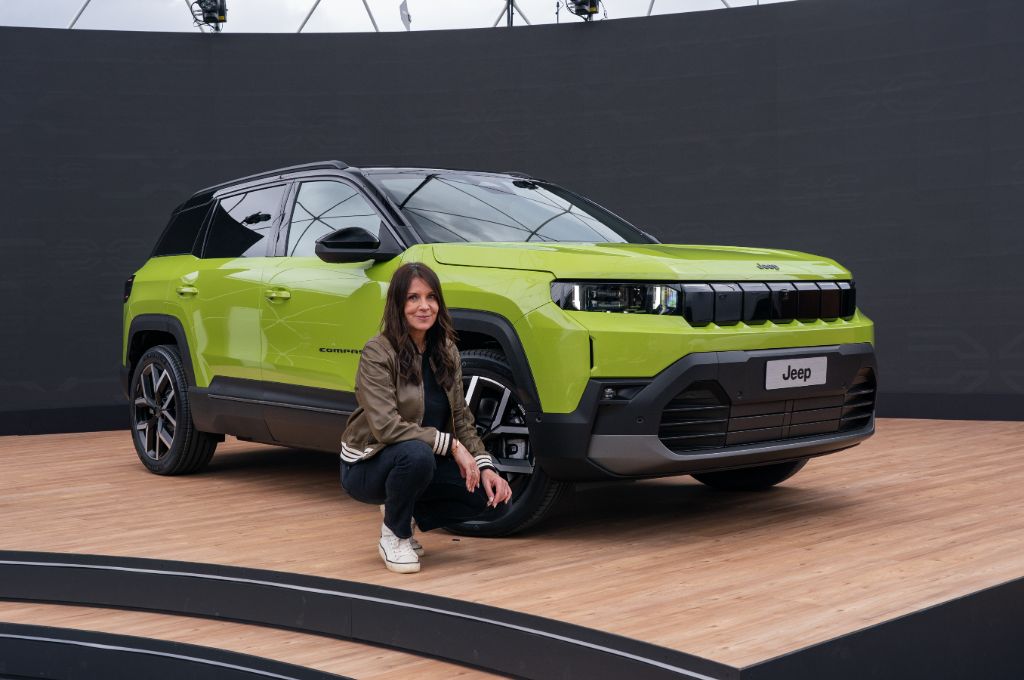
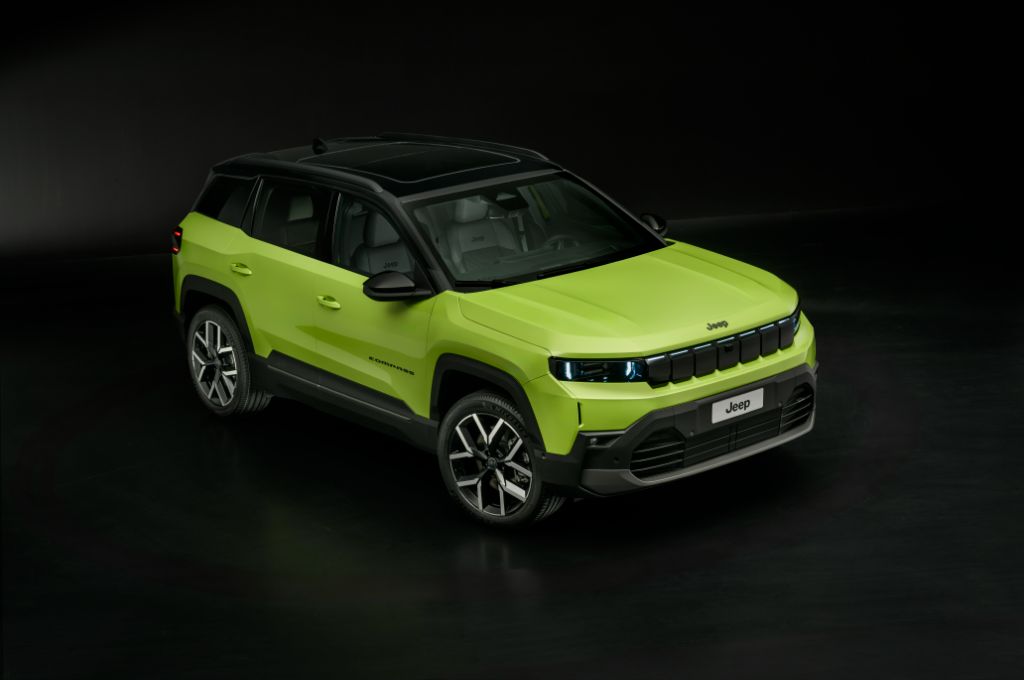
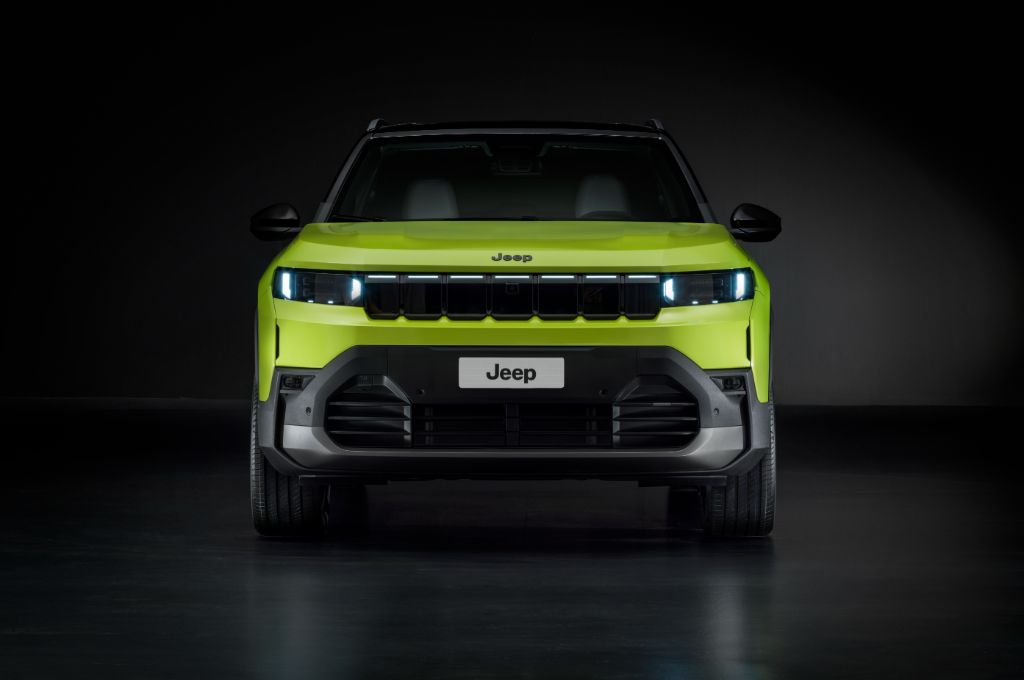.jpg)
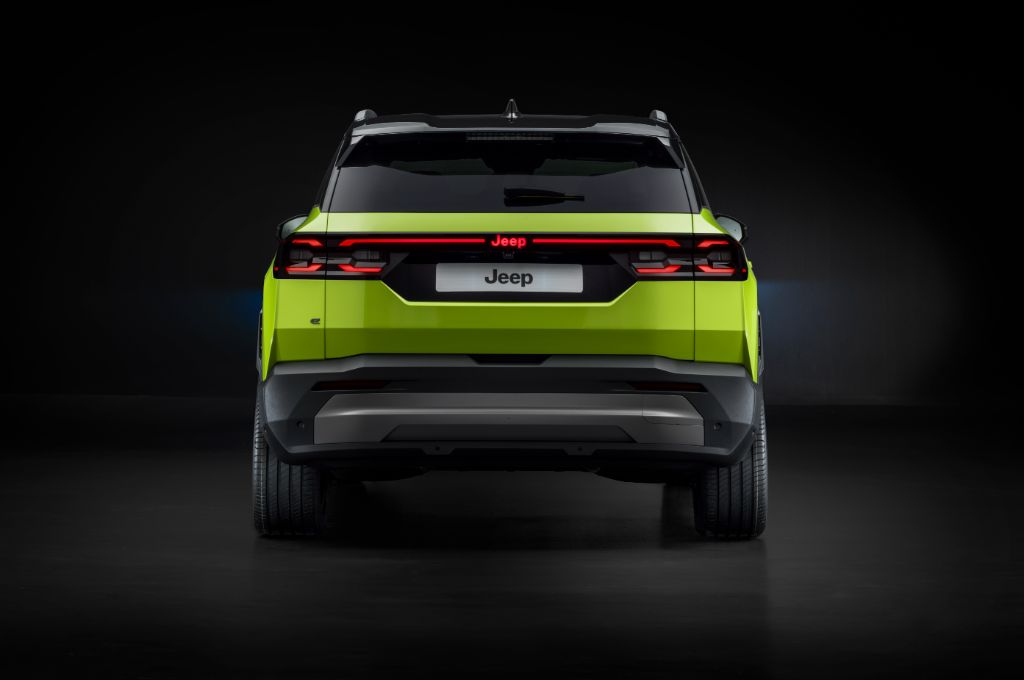.jpg)
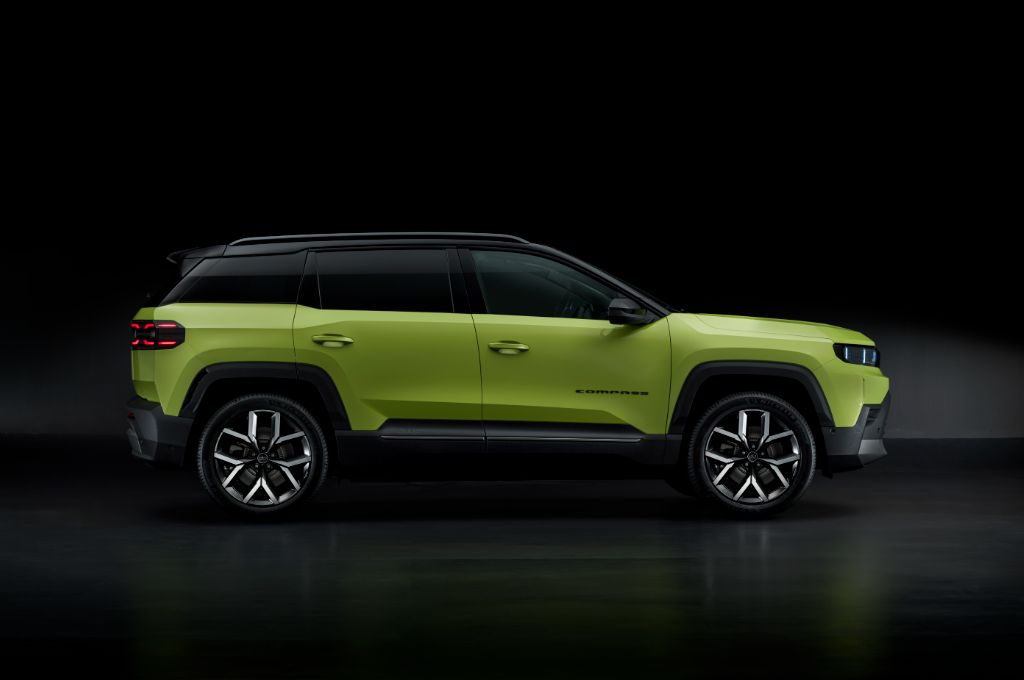.jpg)
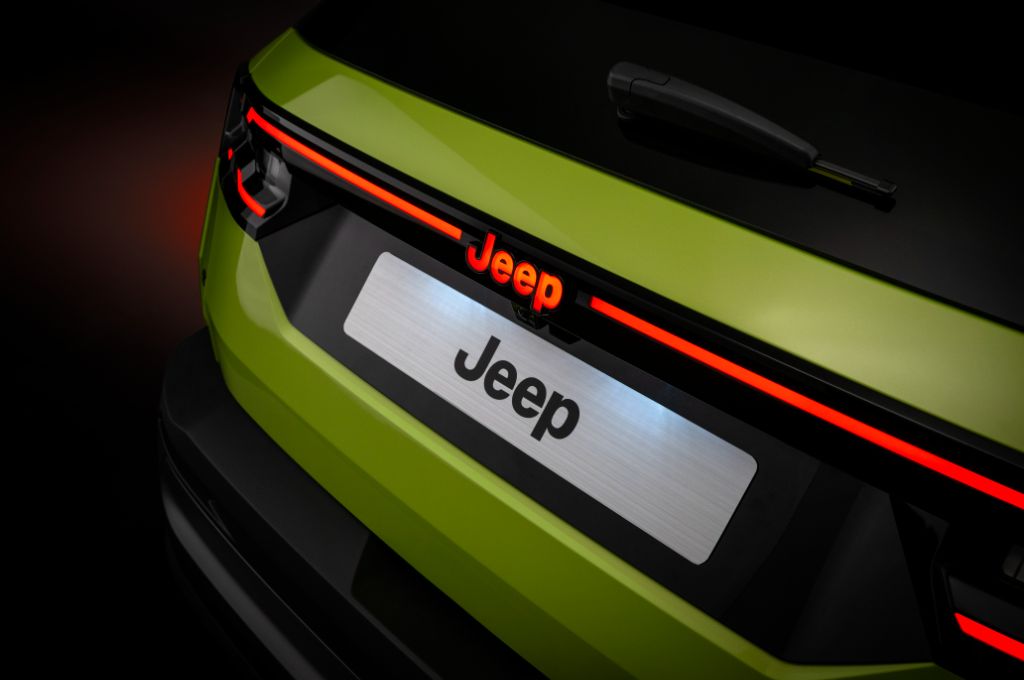.jpg)
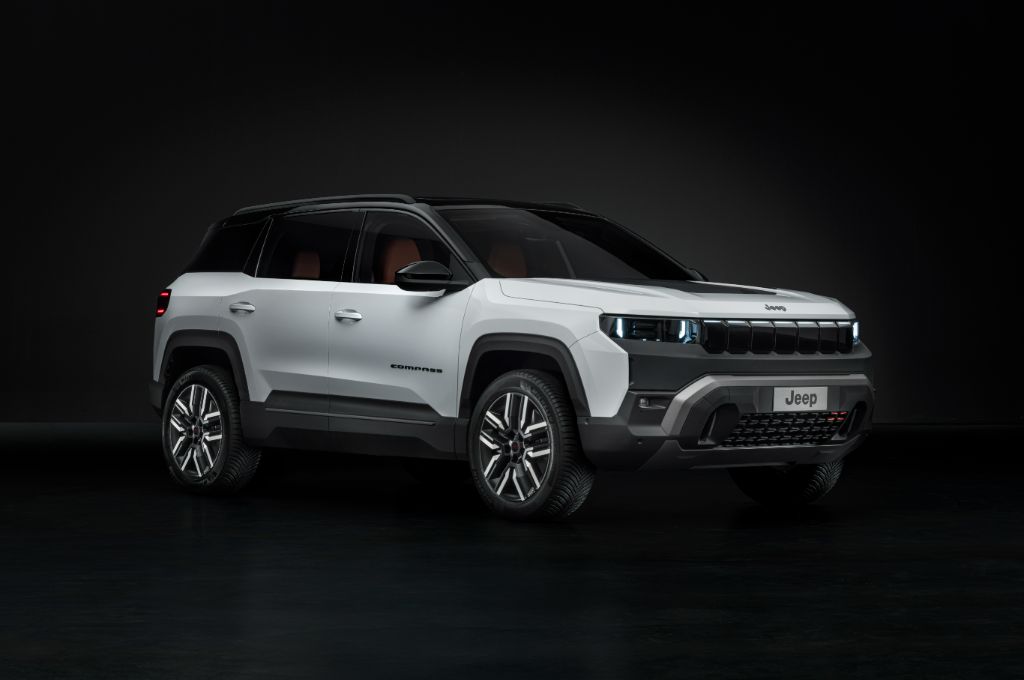
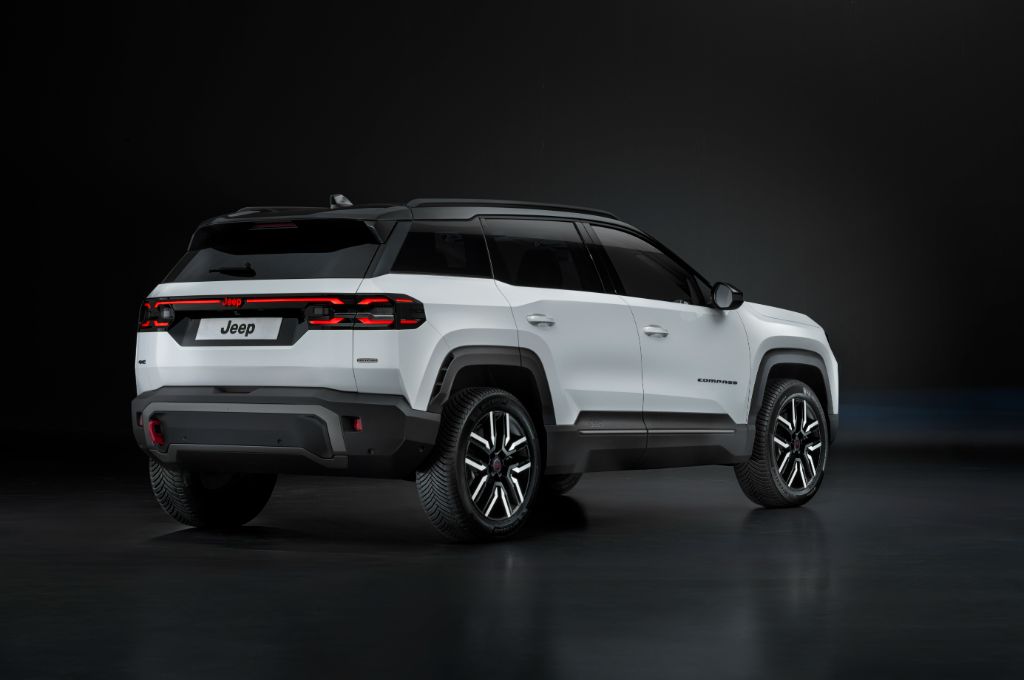.jpg)
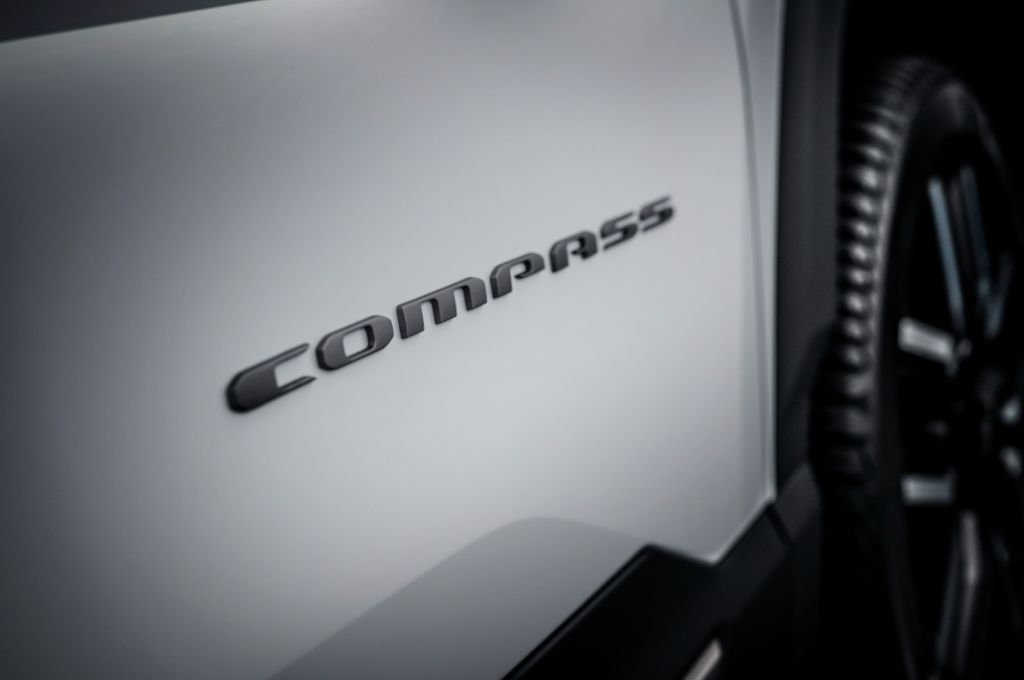.jpg)
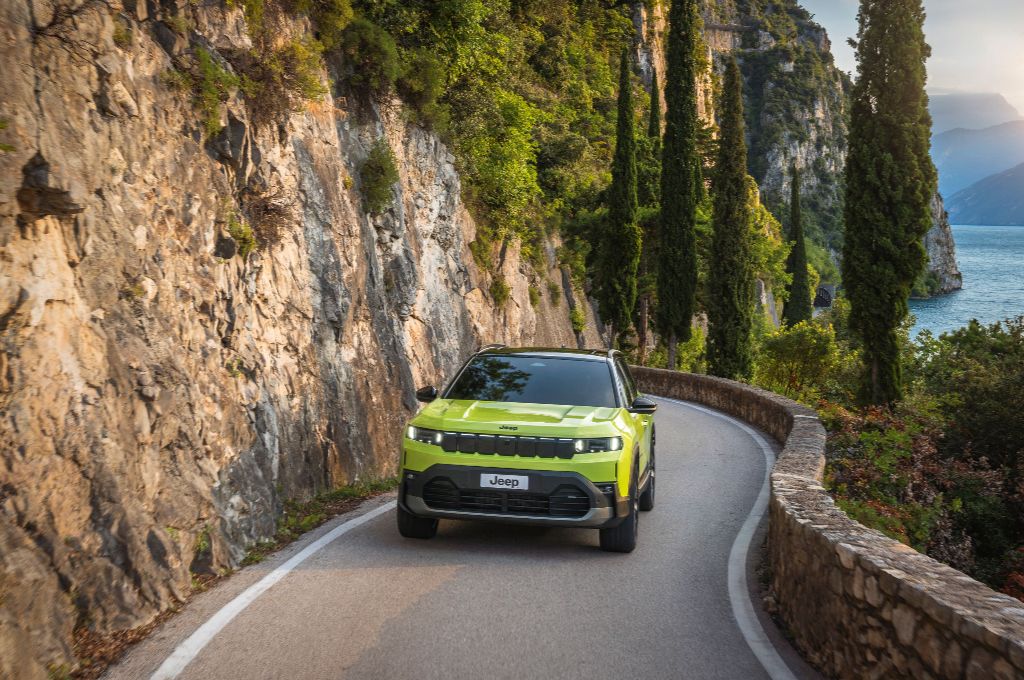
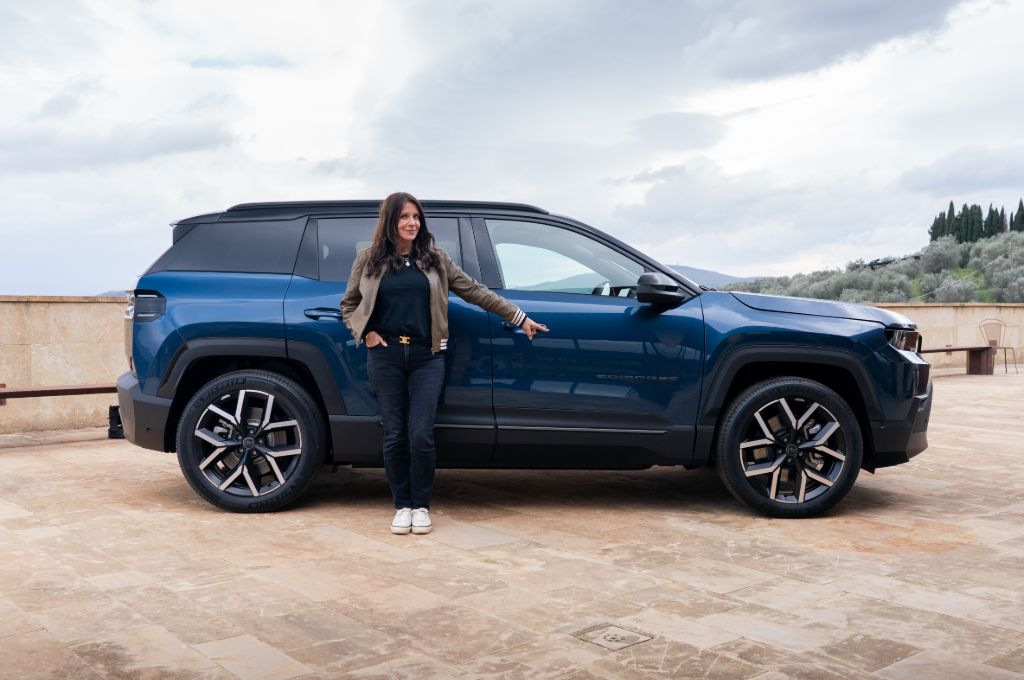

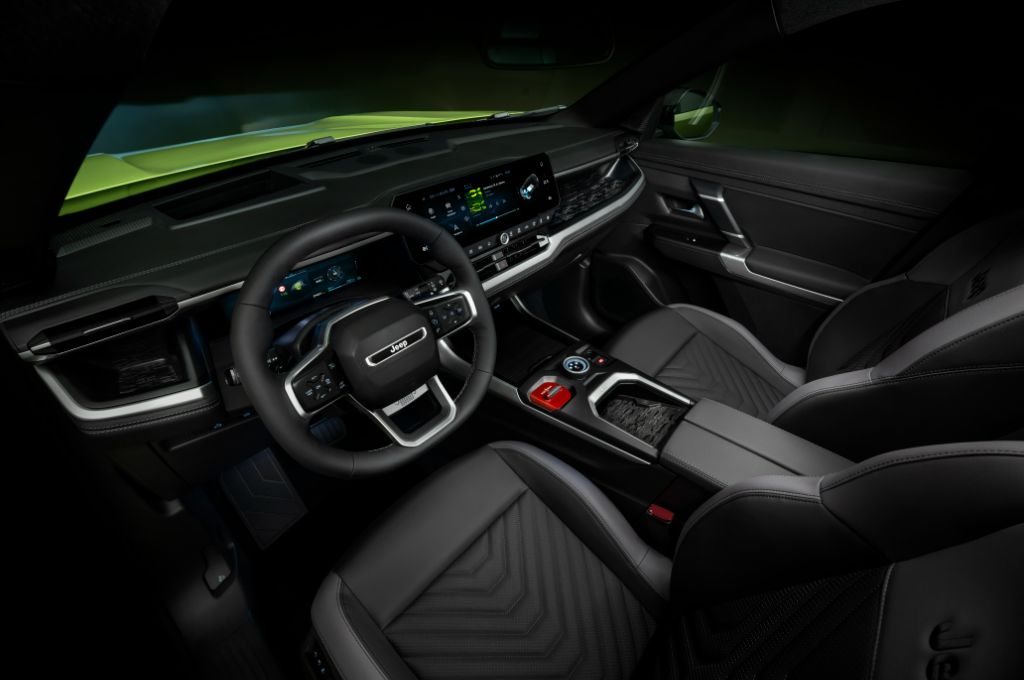.jpg)
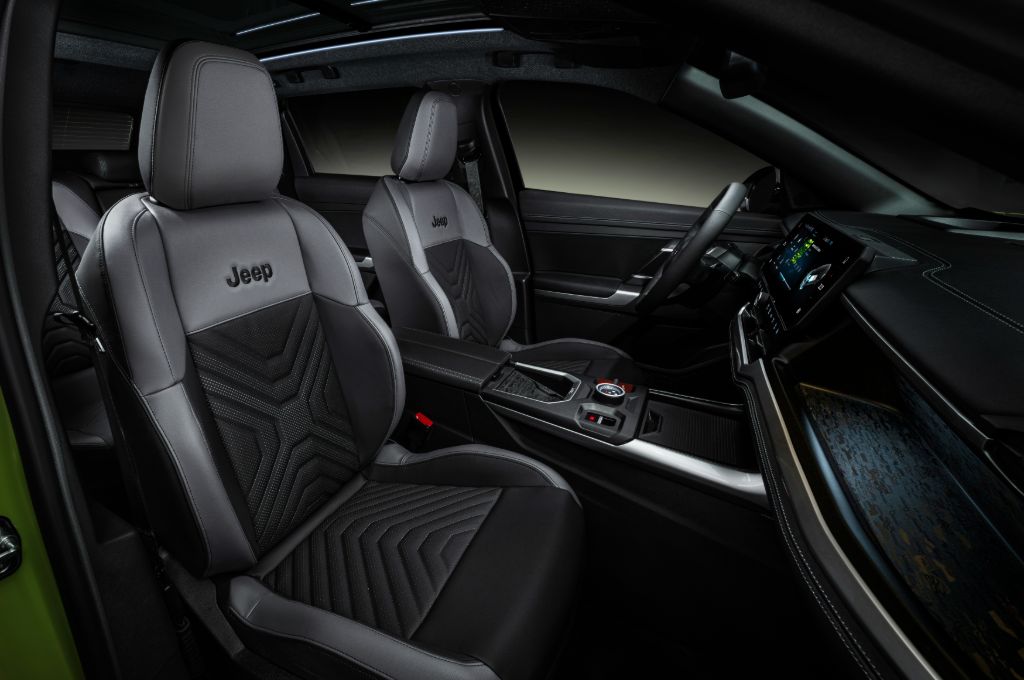.jpg)



